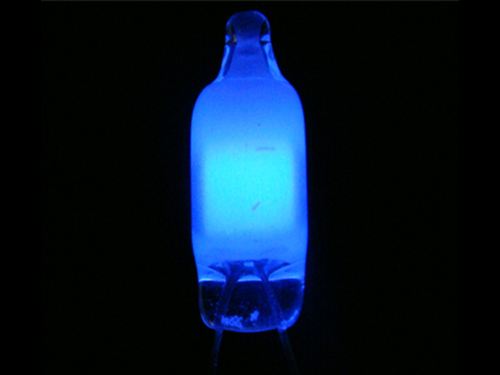Use of neon gas in industry ②
1. deep sea diving breathing
In addition to helium, neon can also be used to prepare respiration mixtures for deep water operations. Normally, when divers are working in the deep water high-pressure environment, if ordinary compressed air is used to provide oxygen, not only the respiratory resistance is high, but also the nitrogen in the compressed air will be partially dissolved in the blood. When the water depth is below 40m, it will have a significant anesthetic effect. When the water depth is around 80m, the physiological function will be basically lost and the human body will be in failure.
Since light helium gases (e.g., helium and neon) have little or no anesthetic effect on the human body, they can be used instead of nitrogen to prepare the breathing mixture used by divers in deep-sea operations. The neon-oxygen or helium-oxygen breathing mixture, due to its lower density and viscosity, makes the pressure easy to release and reduces the respiratory resistance, which can effectively reduce the physical consumption of divers. For the helium-oxygen breathing mixture, there is a deep-water communication problem due to the high speed of sound and the large change in sound frequency. Moreover, helium's high conductivity increases the rate of heat loss, so much so that effective diving suits and respirator preheaters are often necessary. In this respect, the neon-oxygen breathing mixture is preferable to the helium-oxygen breathing mixture because of its advantages of less sound distortion and poor heat transfer. The neon-oxygen breathing mixture is suitable for 100-300m deepwater operations. Over 300m, the neon density increases and the neon-oxygen breathing mixture must be used. Helium-oxygen breathing has been successfully used in deep-sea diving operations, regardless of the depth of the water, and a helium-oxygen breathing mixture is commonly used. In order to overcome their respective shortcomings and deficiencies, the possibility of using neon, helium and oxygen in different proportions to prepare deep-sea diving breathing air is being studied.
2. Packaging, storage and transportation
UN Recommendation on the Transport of Dangerous Goods no. : UN1065. Code of the International Maritime Organization for the International Carriage of Dangerous Goods by Sea: IMDG2161. Classification of packing, storage and transportation hazards in China: Class 2.2
When gaseous neon is delivered in small quantities, it is generally packed in glass bottles; When the storage capacity is large, high-pressure cylinders are usually used for packaging. The high-pressure cylinders filled and stored with gaseous neon should be inspected and managed in strict accordance with the national standard GB5099 seamless steel cylinders and the National Labor Bureau "Gas Cylinder Safety Supervision Regulations". The paint color of the gas cylinders is gray and the label is green "neon". Filling of gaseous neon shall be conducted in accordance with the requirements of GB14194 "Provisions for Permanent Gas Filling".
Precautions for storage and transportation of gas cylinders: Neon belongs to non-combustible compressed gas, which should be stored in a cool and ventilated warehouse. The warehouse temperature should not exceed 30℃. Keep away from fire, heat and direct sunlight. Keep away from inflammable and combustible materials. Pay attention to the name of the product, the date of inspection and the pre-shipment of the advanced warehouse. Unload lightly during handling to prevent damage of gas cylinders and accessories. Storage and transportation of liquid neon: because of the low yield of liquid neon, liquid neon containers similar to small liquid nitrogen screen can be used for storage and transportation. When such vessels are used, the support of the inner vessels must be strengthened to accommodate the greater density of liquid neon.

Neon gas is used in life





 Facebook
Facebook YouTube
YouTube LinkedIn
LinkedIn Twitter
Twitter